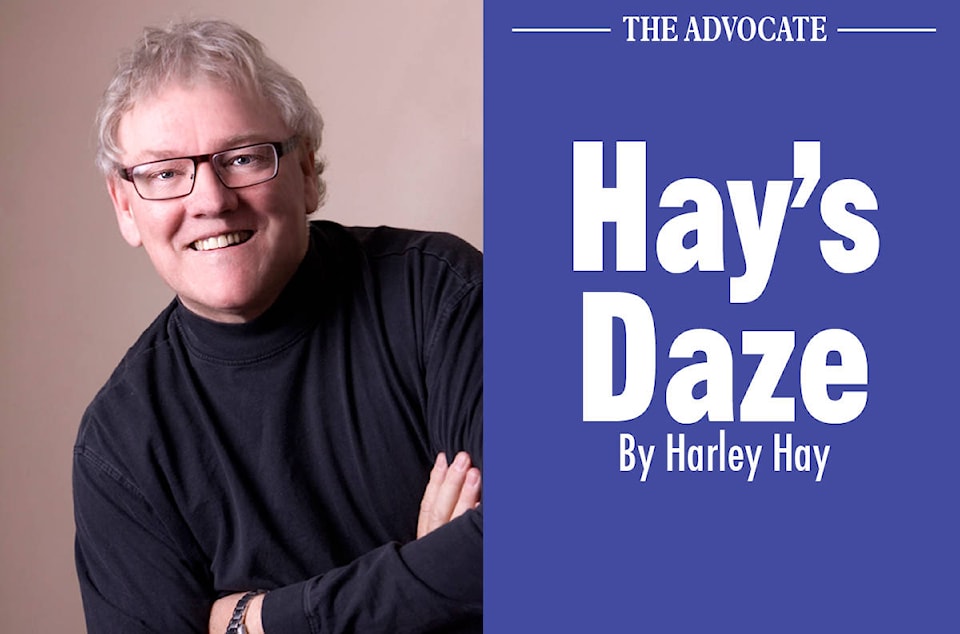Some of you out there in readerland would no doubt remember first hand when TV sets were small square screens in big wooden boxes standing in the corner of the living room and everything on the thing (the screen, not the big wooden box) was in black and white. I’m probably too young to remember that, or maybe my memory isn’t that great anymore, or maybe I’m just not admitting to being that much of a dinosaur.
OK, so I’ll admit that we used to sit around staring at that new TV set for hours, and sometimes we would even turn it on. If we were lucky there would be a program on the one channel or we would be stuck watching the “test pattern” (look it up, kids!) or what we used to call “snow.”
But now, as they say on TV, “We’ve come a long way, baby!”
Now, I’m not entirely sure who says that or why, but I do know that what they are saying is not necessarily always interpreted in a positive way. I mean, does a “Netflix addiction” count as “coming a long way?”
That’s right, it’s a thing. The headline of a recent newspaper article read: “Netflix Addiction Sends Man to Rehab” and it goes on to explain that a guy watched the streaming TV/movie channel “seven hours every day for six months” and then his head exploded.
Just kidding about that last part, but only just barely. After commencing to binging as soon as he could drag himself out of bed, by the end of the day he was “suffering from eye strain, fatigue and scattered sleep patterns”. You think? Seven hours a day being constantly bombarded with all those saturated electronic x-ray laser voodoo rays that come out of TV sets and computer screens and phones these days! Who does he think he is, a teenager?
This kind of binging is a relatively new phenomenon on account of the modern Netflix entertainment model does what traditional TV can’t – it offers all the episodes of an entire year of a show all at once, to view any time, one after the other. It’s like always having one potato chip before, and now you get a Glad garbage bag full of Old Dutch!
I know a lot of people who are teetering on the edge of the Netflix addiction cliff, in danger of plummeting into the Mental Health abyss. I myself must admit to overdosing on some of the “good shows.” Sherlock and Arrested Development and Peaky Blinders, etc. and all those foreign subtitled detective shows from Iceland and Denmark etc. – who knew? And yes, I did experience eye strain, fatigue and weird sleeps but I never quite got to “SHUT” as in the “Service for Healthy Use of Technology”.
That’s right “SHUT” is also a thing. The aforementioned fellow with the diagnosed Netflix addiction finally checked himself into the National Institute of Mental Health and Neurosciences (NIMHANS) wherein he was treated at the specialized SHUT clinic. The SHUT clinic is “dedicated to treating people with addictions to technology”.
Yikes. It has come to this?
Here’s an idea, instead of SHUT, why not try shutting. As in shutting the darn thing off. I know it takes will power, commitment and the physical ability to press that little Off/On button but maybe it’s time we all took a close look at the growing scourge of Netflix addiction. And I don’t mean binging. I mean constantly exposing ourselves to hours and hours of bad shows. Netflix has recently become the very cliché itself: “Hundreds of programs and nothing worth watching.”
Give me one channel and The Ed Sullivan Show any day.
